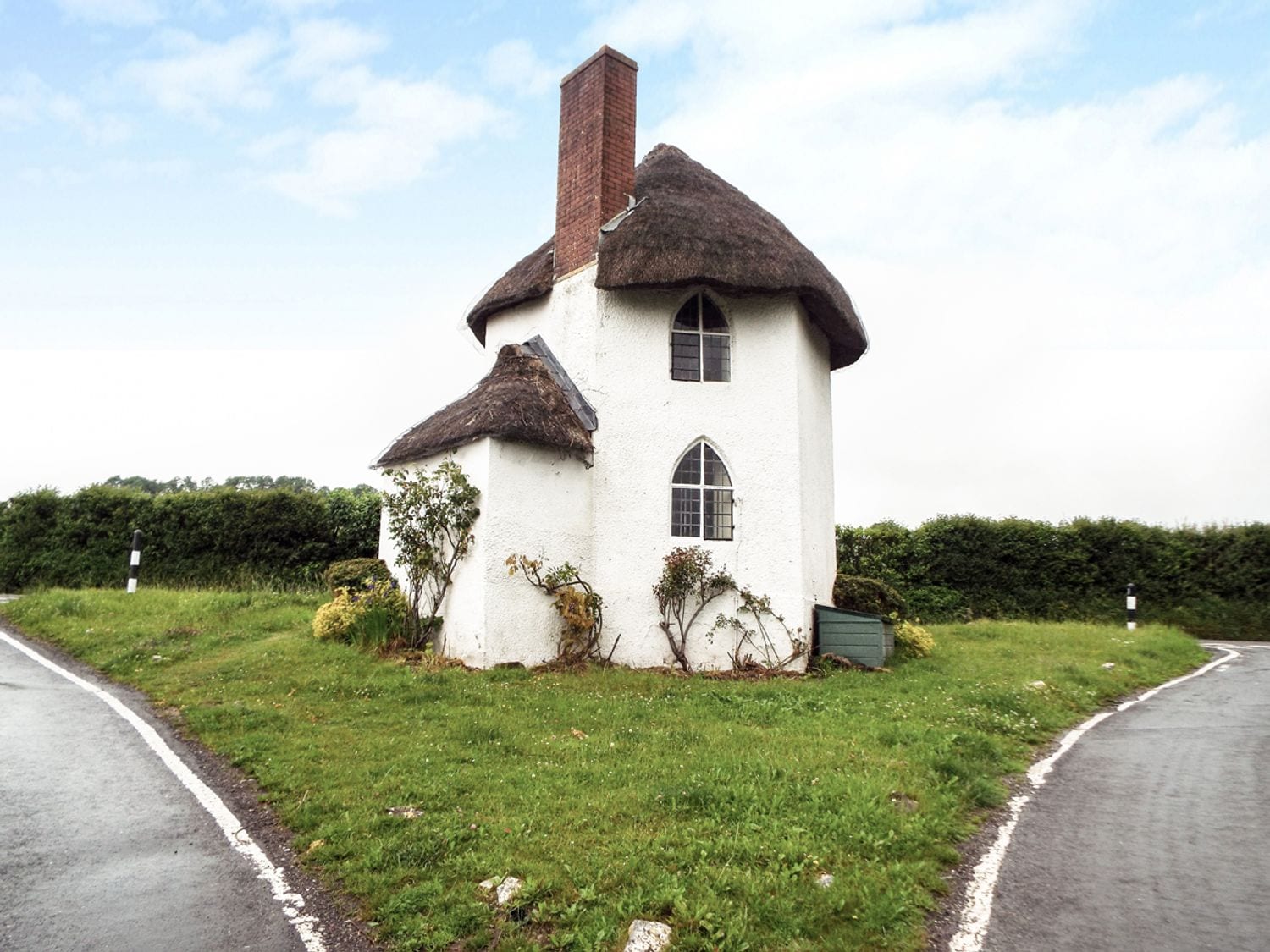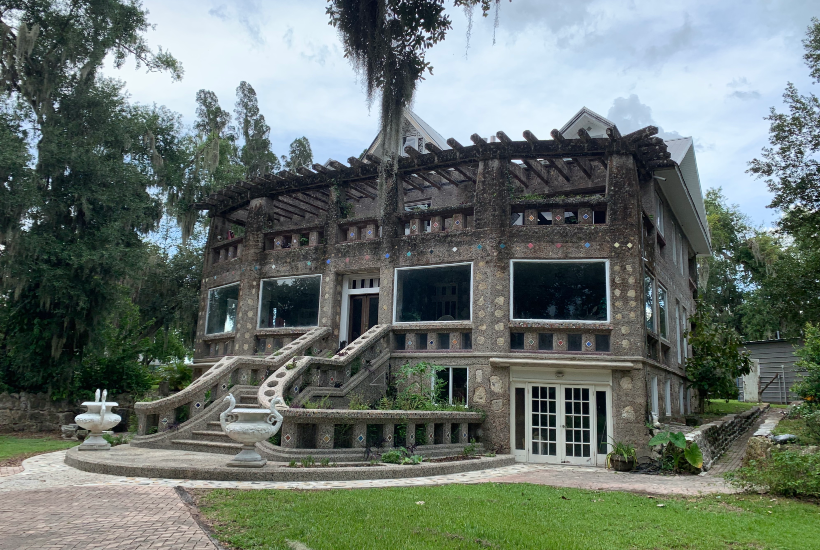The Ensculptic House, commonly known as ‘Mushroom House’ is a quirky looking home located near Lake Minnetonka, Minnesota.
![[title_mod title_name="THE HISTORY OF THE HOUSE" title_background_color="#fc64aa" title_color="#ffffff"]](https://houseandhistory.com/wp-content/uploads/2019/11/Ensculptic-House-1024x687.jpg)
Defying architectural style pigeonholing, the house uses very little traditional building material. Much of the property is made from polyurethane spray-foam over burlap on a metal skeleton and has very few windows or straight walls.
THE HISTORY OF ENSCULPTIC HOUSE
Built in the summer of 1969, Ensculptic house was the brainchild of Winslow Wedin. Winslow, a local architect, brought seven architecture students from Auburn University in Texas and camped out all summer while building the home.
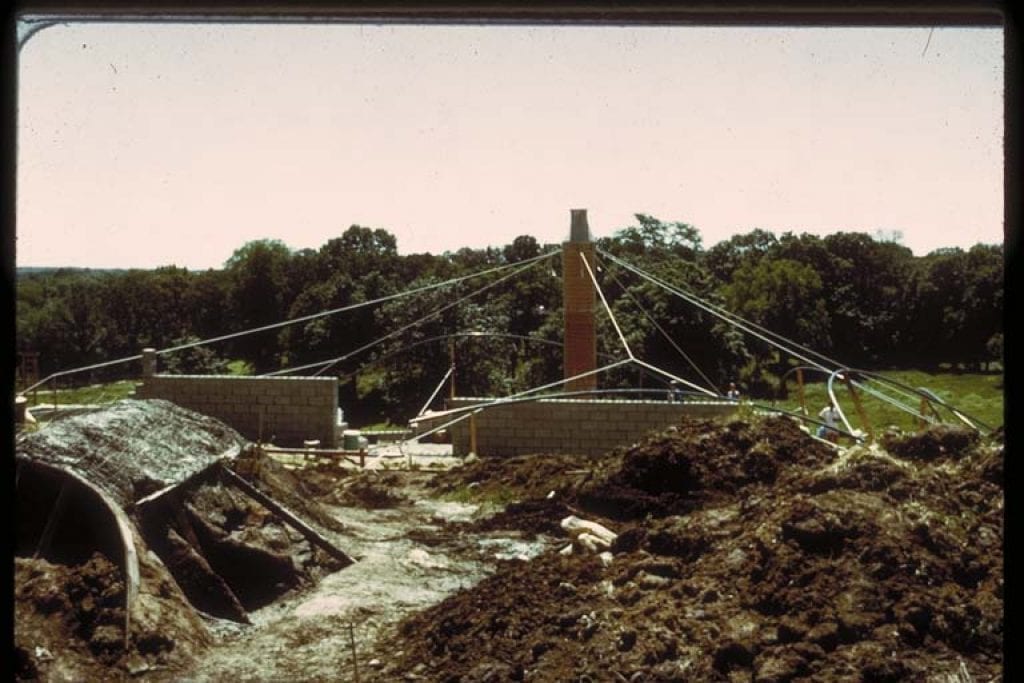
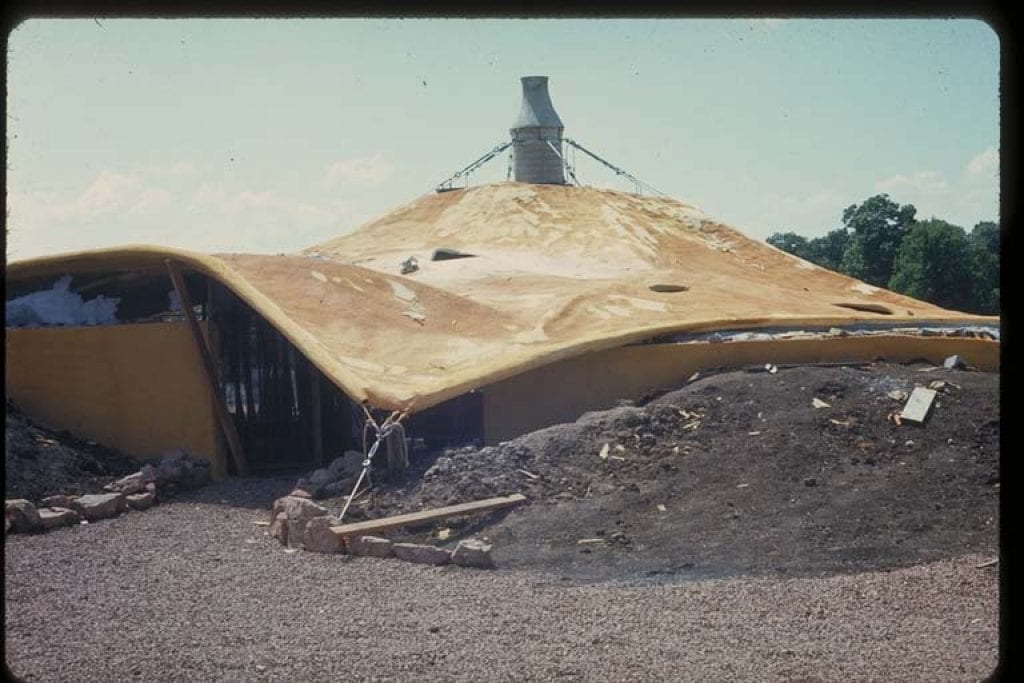
Construction of Ensculptic House during the summer of 1969.
Located on a rural road in the country, it is often described as a “hobbit house”, “marshmallow house” or “mushroom house”.
The house features flowing lines, rounded archways, and deep recessed nooks and crannies that give the home a 1960s-style futuristic look. Something you would expect to see an alien from Star Trek or Star Wars living in.
Inside the property, it very much feels like a cave and a light fluffy cloud all rolled into one. The 4,080-square foot property features 2 bedrooms, 2.5 bathrooms, and sits on 8.4 acres of land.
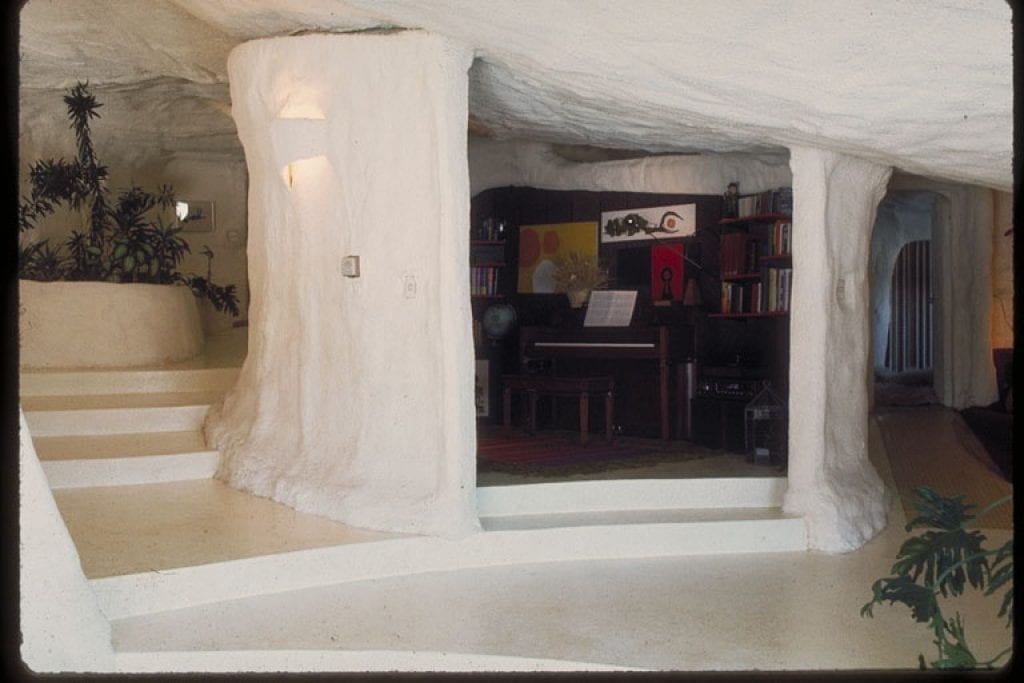
The property as it looked in the 1970s.
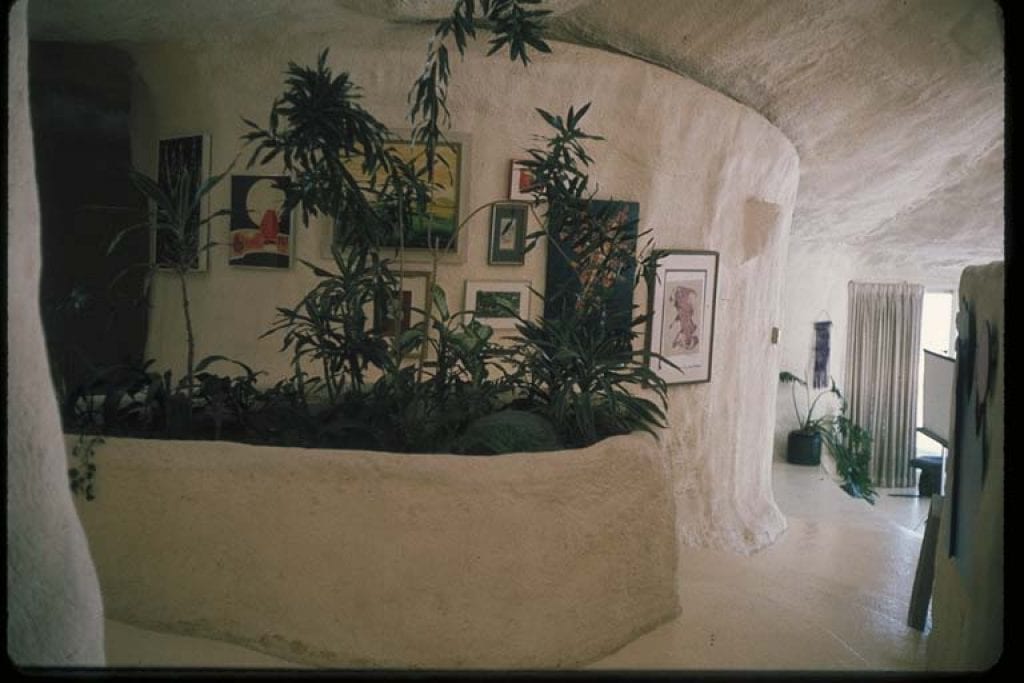

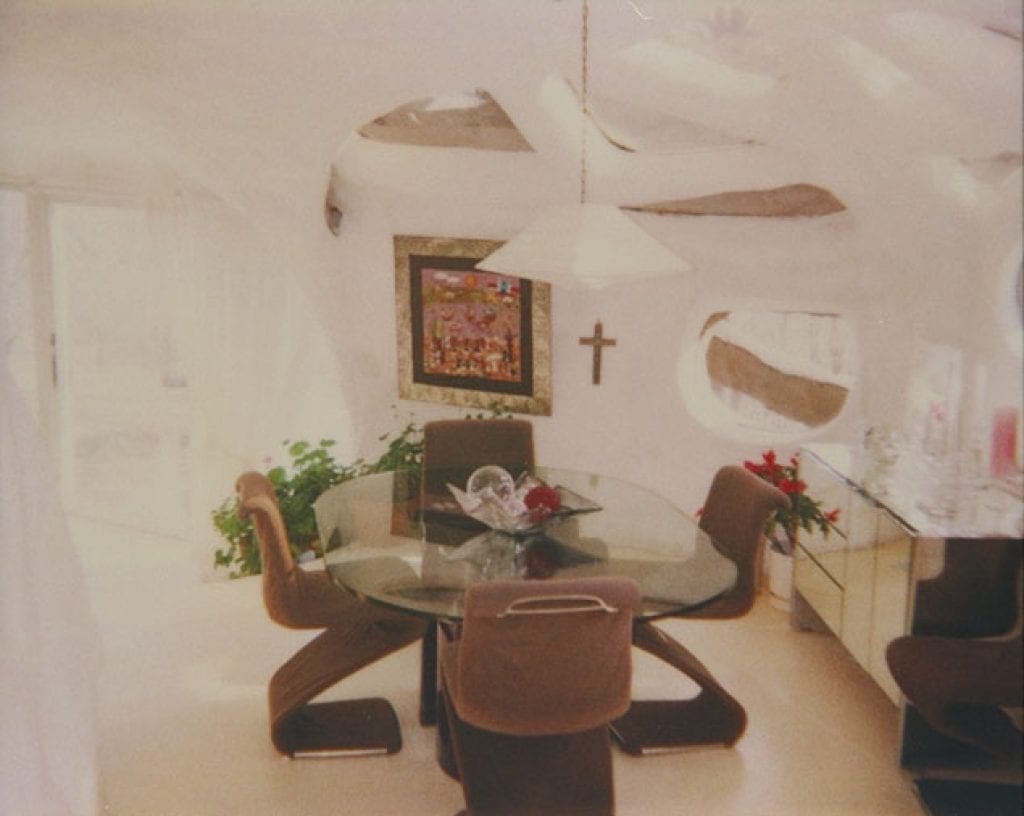
Unfortunately, the hardened foam house concept never caught on and over the years the house passed from family to family before being abandoned.
In 2010 the house went on the market for $237,000, before being knocked down to $210,000. Despite many viewings, nobody seemed interested in purchasing the house.
Dayna Murray of Keller Williams Realty, who put the property on the market at the time stated: “you buy the land, you get the house”. The price was what the land was valued at, the house was just an added bonus.

Enscultoic House as it looked around 2010.

The kitchen, possibly not to everybody’s taste.
This, of course, meant the house could have been bulldozed. However, in 2011 the house finally sold to a couple for $170,000.
Ronald Hietala and his wife, Janis, were living in Virginia and bought the house unseen. Apart from the photos that appeared with the online real-estate listing. The couple, originally from Minnesota, had been searching for a getaway home. Ronald bought the house as he estimated the land was worth that alone.
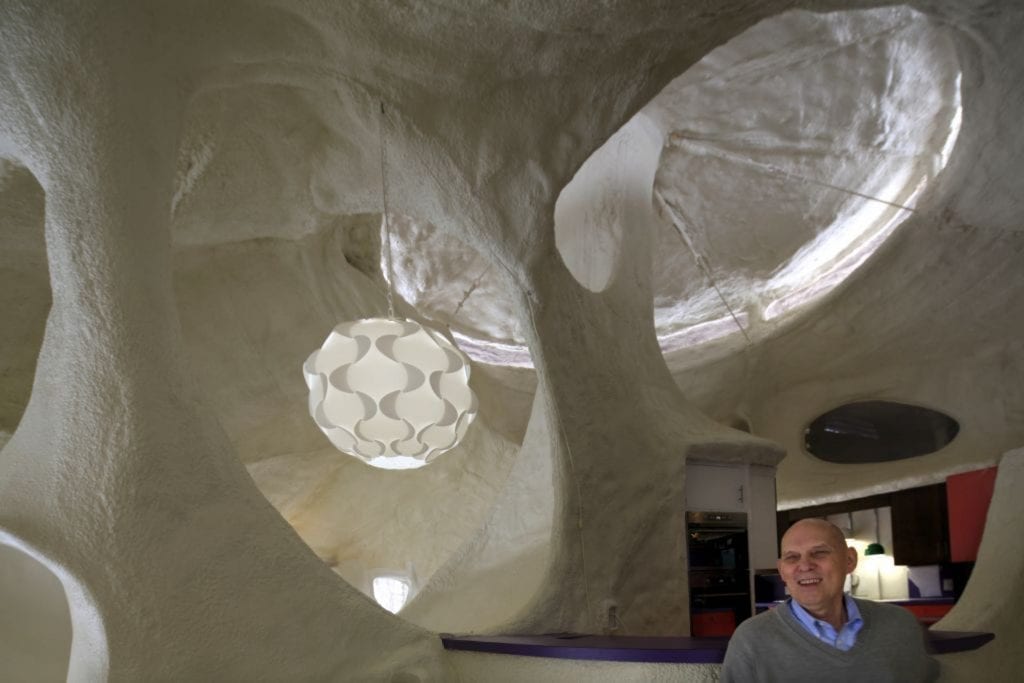
Ronald Hietala, who purchased the property in 2011.
“I thought, ‘We can’t lose,’ ” he said. “We would probably tear it down and build new or sell it when land values went up.”
However, when he stepped inside the home before closing the deal, he knew he had made the right decision. Ensculptic house would not be torn down!
THE HOUSE TODAY
After purchasing the home, Hietala invested $50,000 to fix the geothermal heat pump, install new windows, wiring, and plumbing and add a layer of polyurethane foam over the leaky fiberglass roof.
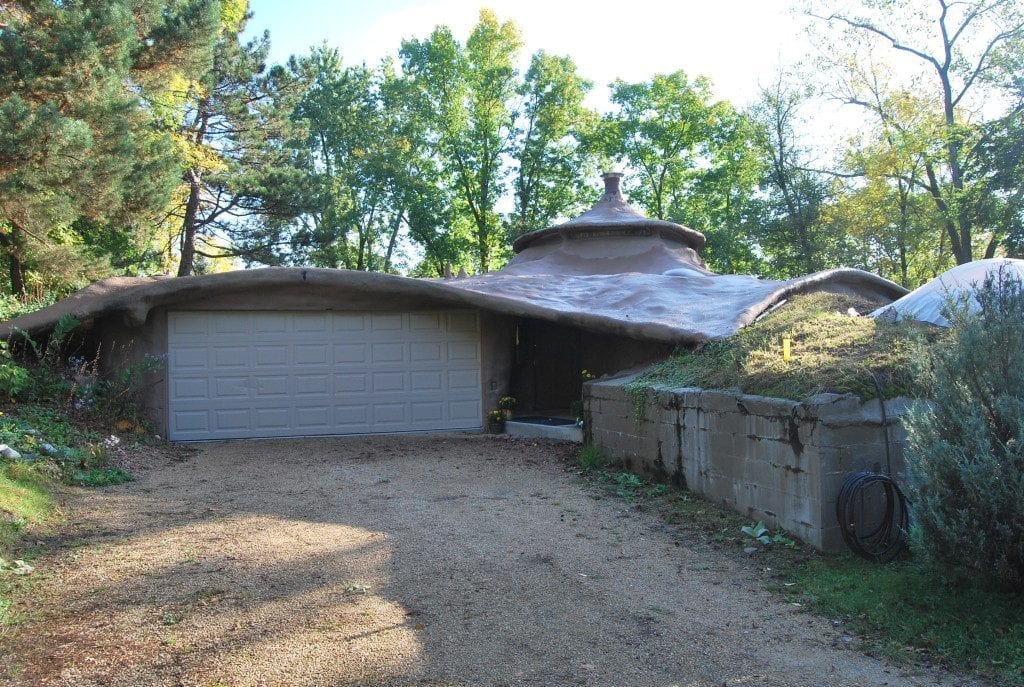
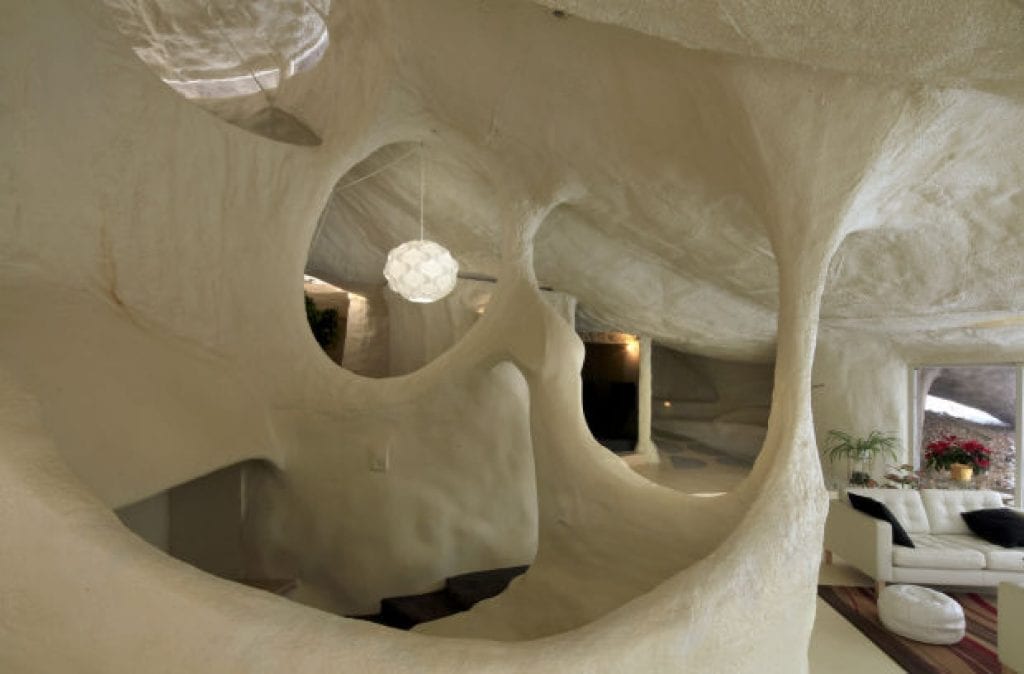

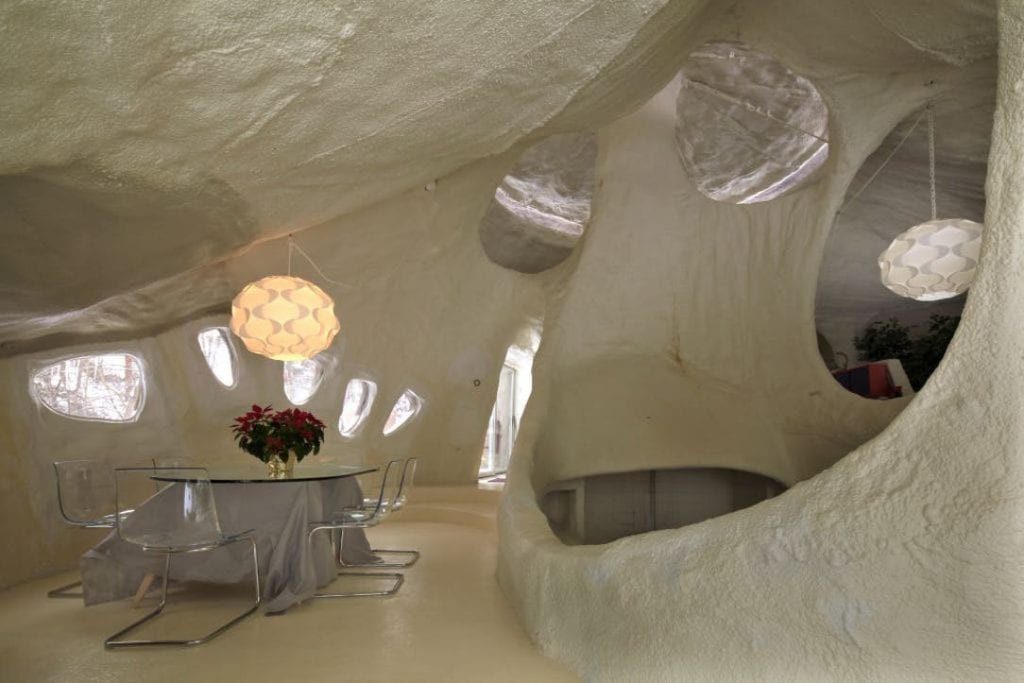

As for living in an offbeat home, simple tasks such as positioning furniture, installing closet doors, and hanging artwork are a challenge because of the curved design. But with seating sculpted out of the walls, such as inside a cozy sunken fireplace room, little furniture is required.
Hietala often settles in front of a 28-foot wall of glass facing the backyard, where he watches wild turkeys and other wildlife. “At night it’s very quiet,” he said. “Now and then, I hear a coyote or raccoon run across the roof.”
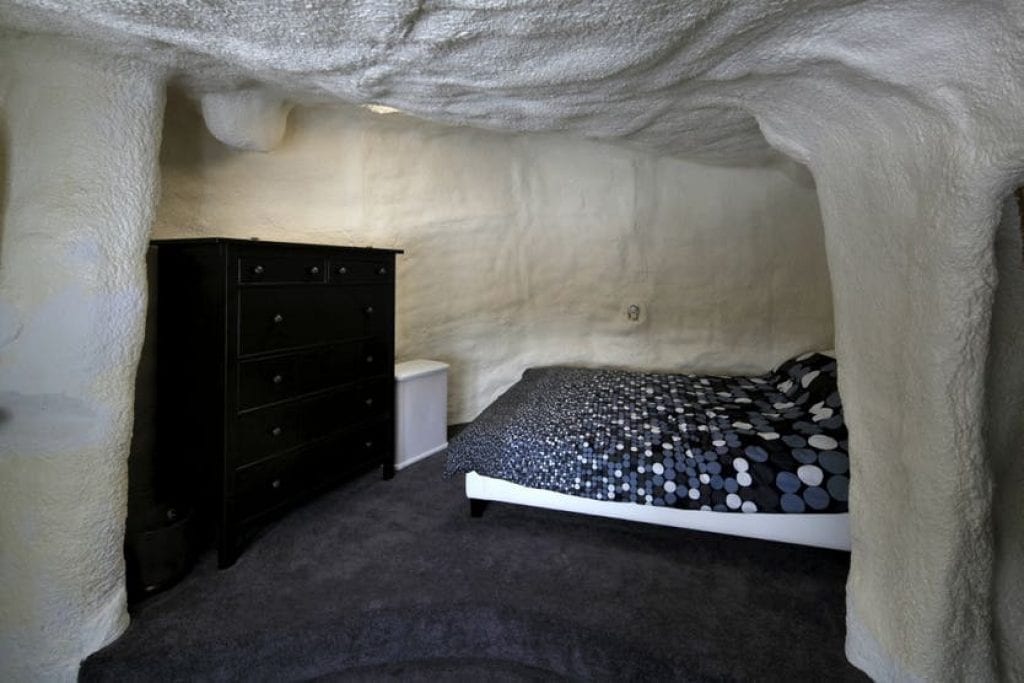
Hietala and Bren, who still live in Virginia but visit regularly, are glad they preserved the experimental sprayed-on polyurethane home, although they aren’t sure what its future holds.
“It’s a remarkable piece of architecture, and it’s still standing after 40-plus years,” said Hietala. “But innovation is always difficult. There’s still the possibility that unexpected things will happen.”



